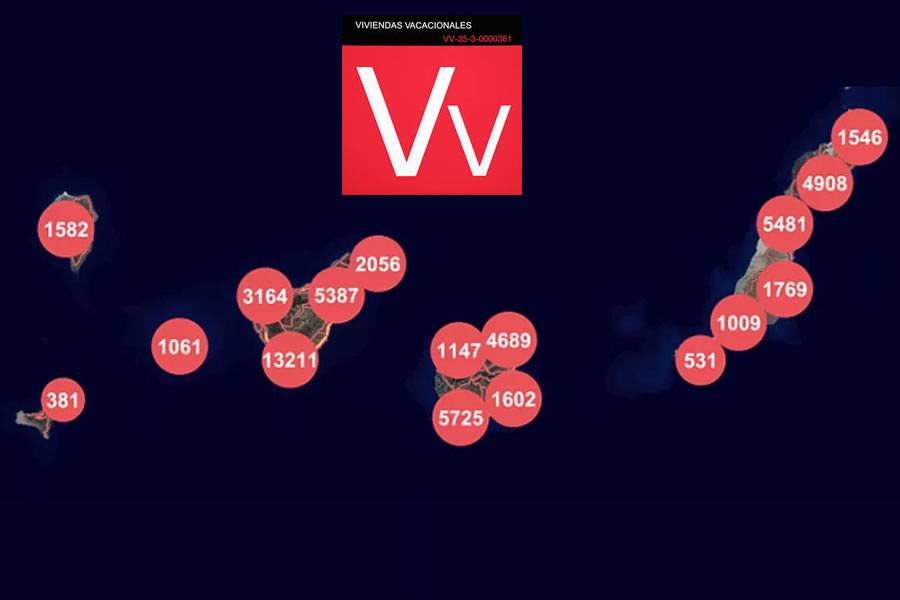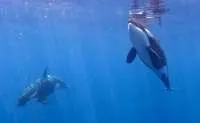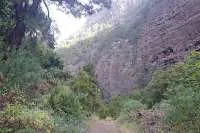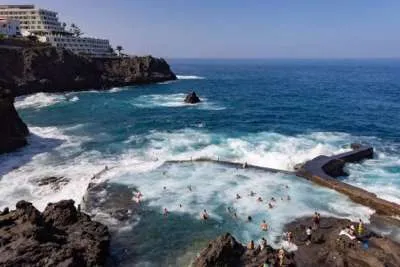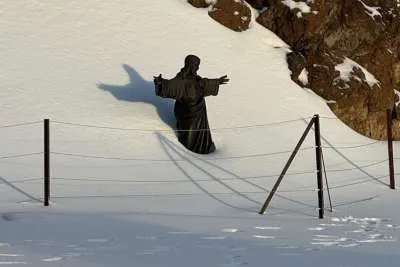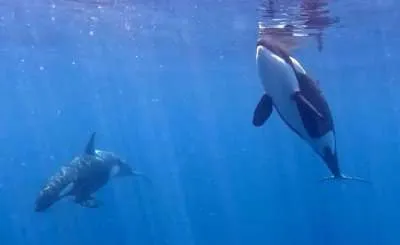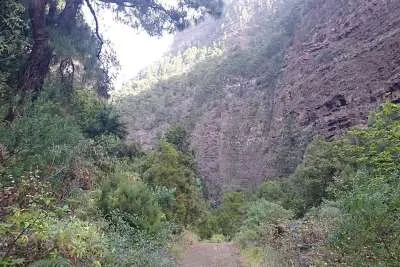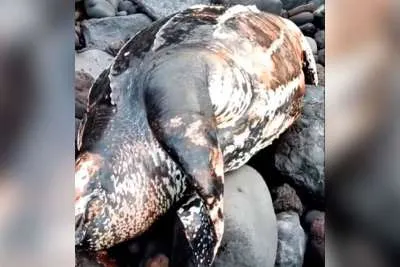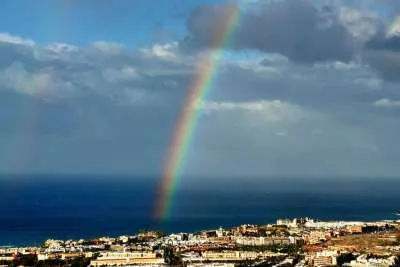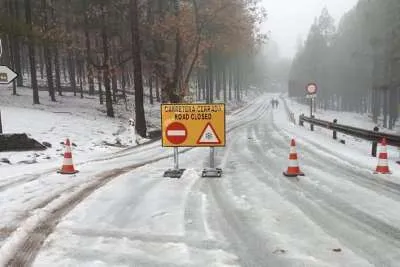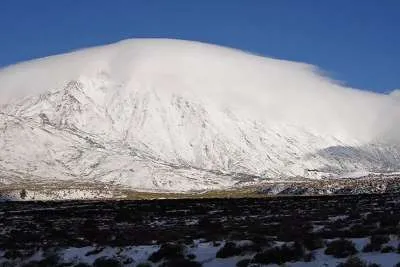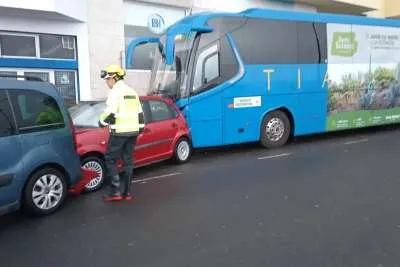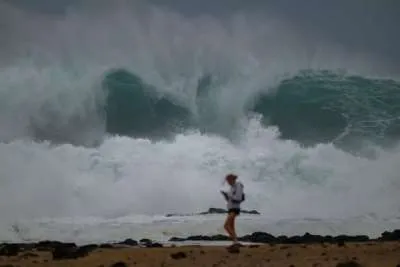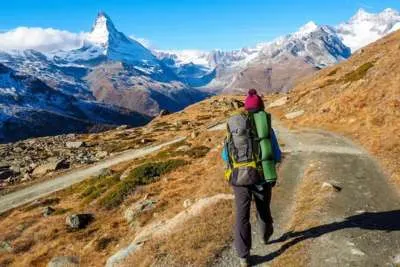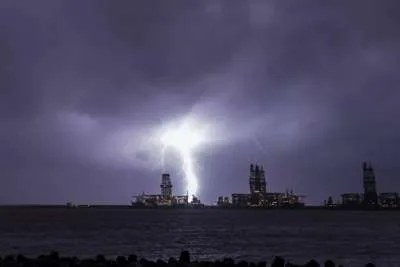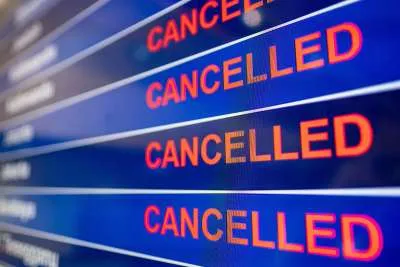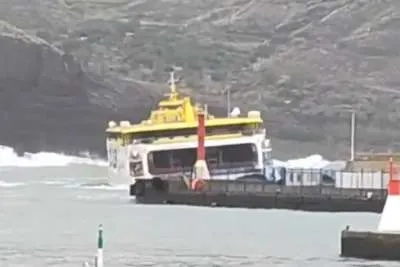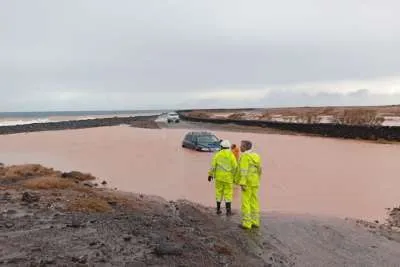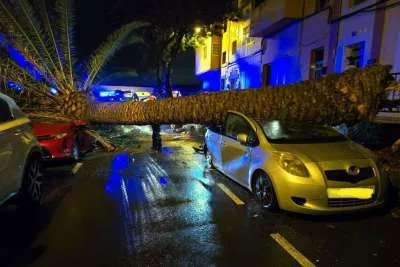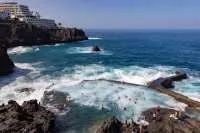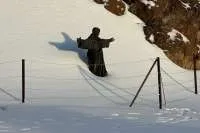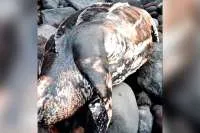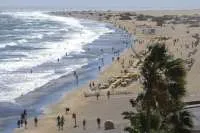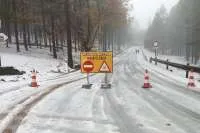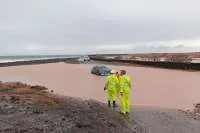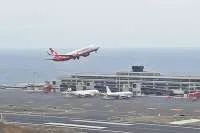New map shows the number of registered holiday homes in the Canary Islands
- 04-10-2024
- National
- Canarian Weekly
- Photo Credit: Grafcan
An updated map from Grafcan, the Canary Islands’ Geographic Data Agency, has sparked a heated debate over the number of holiday rental properties in the islands. This map, which shows the distribution of registered holiday homes, highlights a surge in such properties in both coastal and residential areas, with some buildings housing over 50 units.
The release of this information has ignited discussions on social media, further fuelling the ongoing controversy surrounding holiday rentals on the islands.
The debate over holiday lets is not new in the Canary Islands, critics often link rising rental prices and a shortage of long-term housing to the proliferation of holiday homes. However, organisations like ASCAV, the Canary Islands Vacation Rental Association, have repeatedly disputed this claim.
In March 2024, ASCAV reported that while there are 46,999 registered holiday rentals in the Canary Islands, this figure pales in comparison to the 211,331 empty homes across the islands. They also pointed out that 20% of long-term rental properties have been removed from the market due to "legal uncertainty" following the introduction of a new housing law, as many owners prefer to keep their properties empty or sell them, rather than rent them out long-term under the new legal framework as they have little or no protection against tenants.
Spread from Tourist Areas to Remote Locations
In the past year, holiday rentals have expanded beyond traditional tourist hubs, reaching more remote or lesser-known locations. The most surprising example is inside the Teide National Park. In some residential buildings, up to 50 units are now listed as holiday rentals.
Even small coastal towns that have not historically attracted tourists have seen a rise in holiday rentals. For instance, the village of Bocacangrejo gained attention after going viral on social media, now hosting 16 holiday units. In Mesa del Mar (Tacoronte), 113 holiday homes are registered, with 53 in a single building, while the nearby town of El Pris has 47.
Gran Canaria has also seen similar trends, with towns like Bañaderos reporting over 30 holiday rentals, Sardina del Norte with more than 150, and Arinaga surpassing 250 units.
The Grafcan map reveals that Tenerife currently has almost 24,000 registered holiday rental properties, Gran Canaria 13,163, Fuerteventura 8,790, Lanzarote nearly 8,000, La Palma 1,582, La Gomera 1,061, El Hierro 381, and La Graciosa, the smallest island, an unexpected 216 units.
Unregistered Properties and Legal Concerns
Along with the rapid increase in registered holiday homes, there are concerns about unregistered or illegal rentals. In Bocacangrejo, for example, local authorities have reported the presence of unlicensed holiday rentals to the Ministry of Tourism, SEPRONA (environmental law enforcement), and coastal authorities.
ASCAV has called on platforms like Airbnb to enforce stricter controls on illegal listings. They have also welcomed new measures that aim to penalise holiday rentals operating without proper licences. According to official reports, a significant number of holiday rentals are believed to be operating outside the legal framework, prompting government investigations to protect consumers and enforce compliance.
This situation continues to divide public opinion in the Canary Islands, with some welcoming the economic boost from holiday rentals, while others worry about their impact on the housing market and local communities.
Other articles that may interest you...
Trending
Most Read Articles
Featured Videos
A Vision of Elvis Tenerife Promo
- 10-05-2025
TEAs 2025 Highlights
- 17-11-2025


